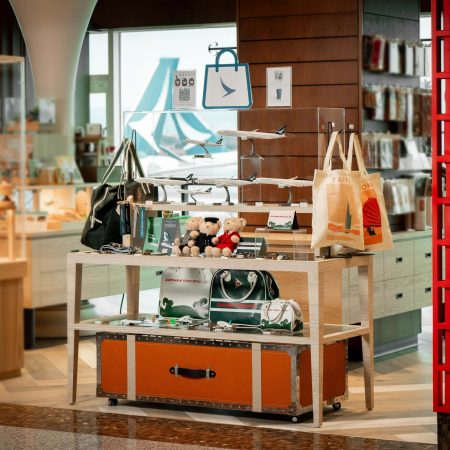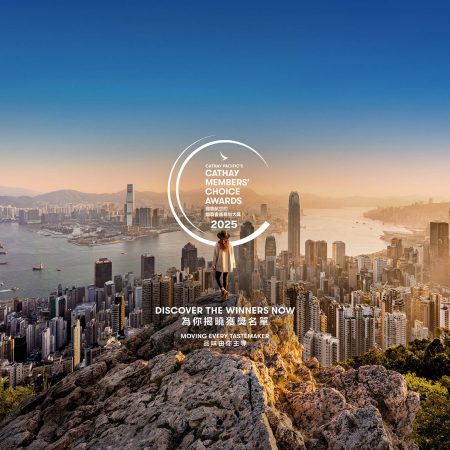How ‘Asia’s Banksy’ transformed Penang into a street art hub
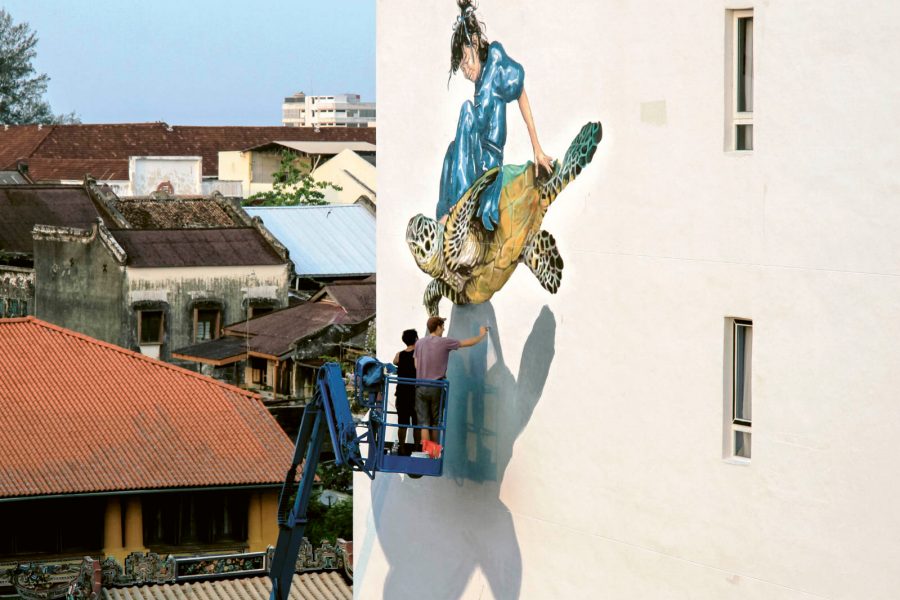
A walk through George Town in Penang takes you from creaking jetties to wooden warehouses, past ramshackle houses to buildings clinging to the final remnants of colonial splendour. Long, narrow shophouses are crammed shoulder-to-shoulder, the lacquer peeling from their wooden shutters. Penang rewards the very best kind of exploration: directionless wandering to destinations and sights you didn’t even know were awaiting you.
But you likely won’t be paying attention to the preserved Peranakan mansions, to the narrow ‘five foot way’ paths under the shophouse arches, nor even to the delicious goose curry on the plate in front of you. Instead you’re looking for the children playing basketball, frozen in place on the wall. You’re looking for Bruce Lee, suspended mid-kick as red brick crumbles around him. You’re looking for the tiger overlooking the tea shop or the giant girl in blue clambering across the side of a house. Around every next corner you’ll find an intricate little scribble, a wrought-iron street scene – a building-sized mural stretching out above you. You’ll find Penang’s street art.
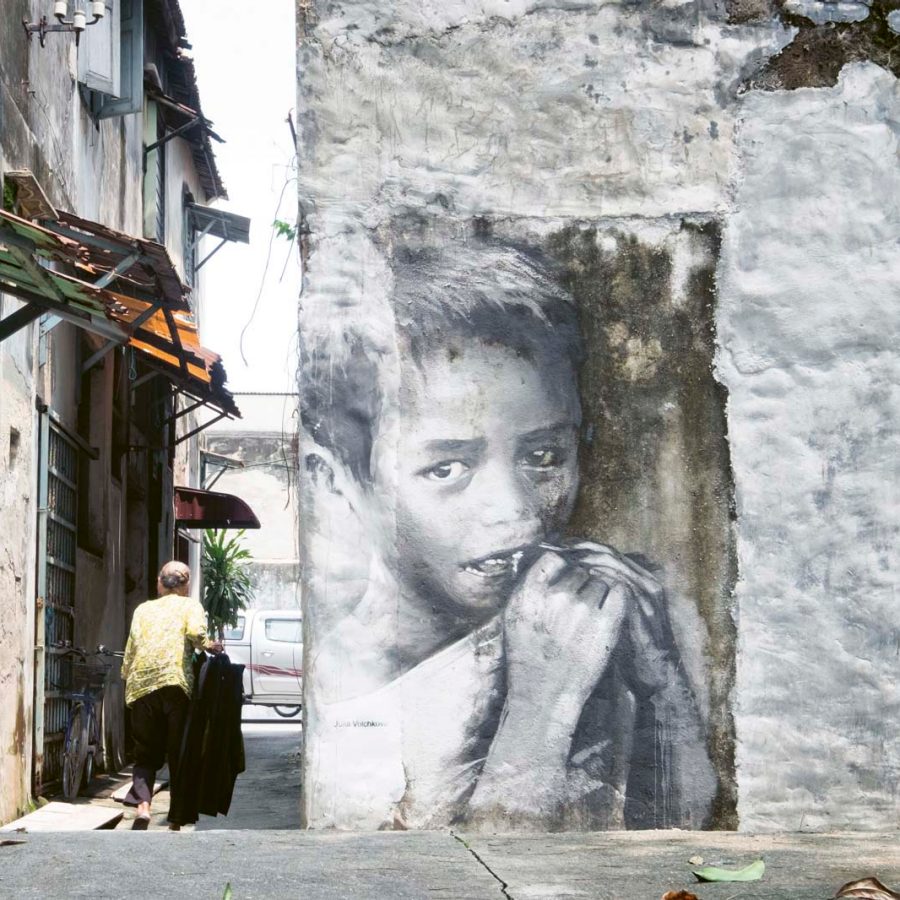
Credit: Yanatul / Shutterstock
Penang’s street art renaissance started with one man: Ernest Zacharevic. In 2012, the city council commissioned the then-26-year-old Lithuanian artist to create six murals for the George Town Arts & Culture Festival. The city centre had been named a Unesco World Heritage Site in 2009, but instead of freezing the area in time, Penang decided to bring life to the very bricks and plaster that hold the city together.
Zacharevic’s pieces celebrated the island. He depicted the people of Penang living their lives, incorporating everything from its architecture to its transport to the bicycles that rested against its sun-bleached walls. He painted rickshaw drivers waiting for fares; girls looking wistfully out to sea; children riding gleefully on bicycles. He captured the playfulness and joy of Penang.
Zacharevic has become Penang’s Banksy, his art putting the island on the map in an all new way. Since then some of the biggest names in street art have brought their work to Penang alongside the city’s home-grown talent. Zacharevic, who is still based in George Town, has managed to change the way the world sees this little ex-colony. These days tourists visit for the food, the culture and the walls. Zacharevic’s signature piece, Little Children on Bicycle, is so popular that you’ll find it emblazoned on T-shirts sold in night markets. It’s as iconic as Penang’s hawker centres.
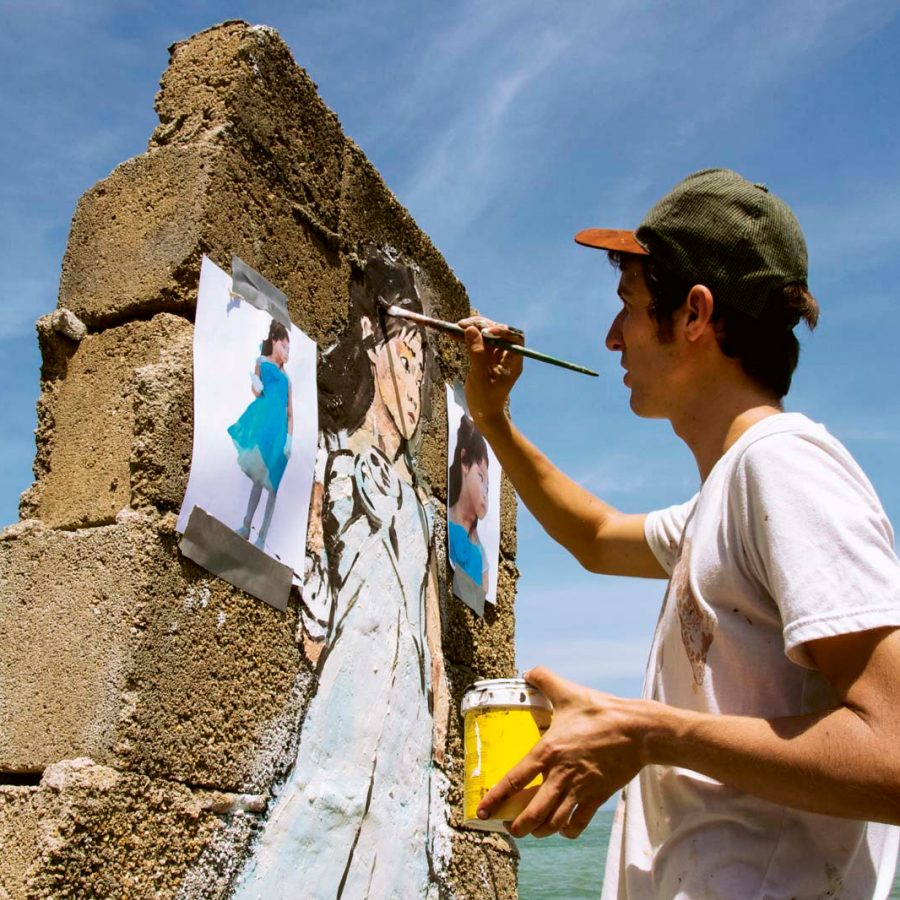
Credit: Henrik Haven
‘I don’t think anyone could have guessed that Penang would embrace and own street art and murals in the way it has – nor planned for it to do so,’ says Thomas Powell, a British artist who has been in Penang since 2010 and whose paintings of Chinese zodiac animals grace the city’s walls. ‘But the great thing is that people from all walks of life have embraced the art work in Penang: rich and poor, local and foreign. Art has a great way of ignoring or transcending the boundaries imposed on people and place.’
‘The world today easily forgets the value and benefit of art and creativity in all their forms, especially in this part of the world – “no, you can’t study art; you need to be a doctor”,’ says Powell. ‘The art works on the walls of Penang are not only a nice thing to take a selfie with. They have also had a hugely positive economic impact on the state.’
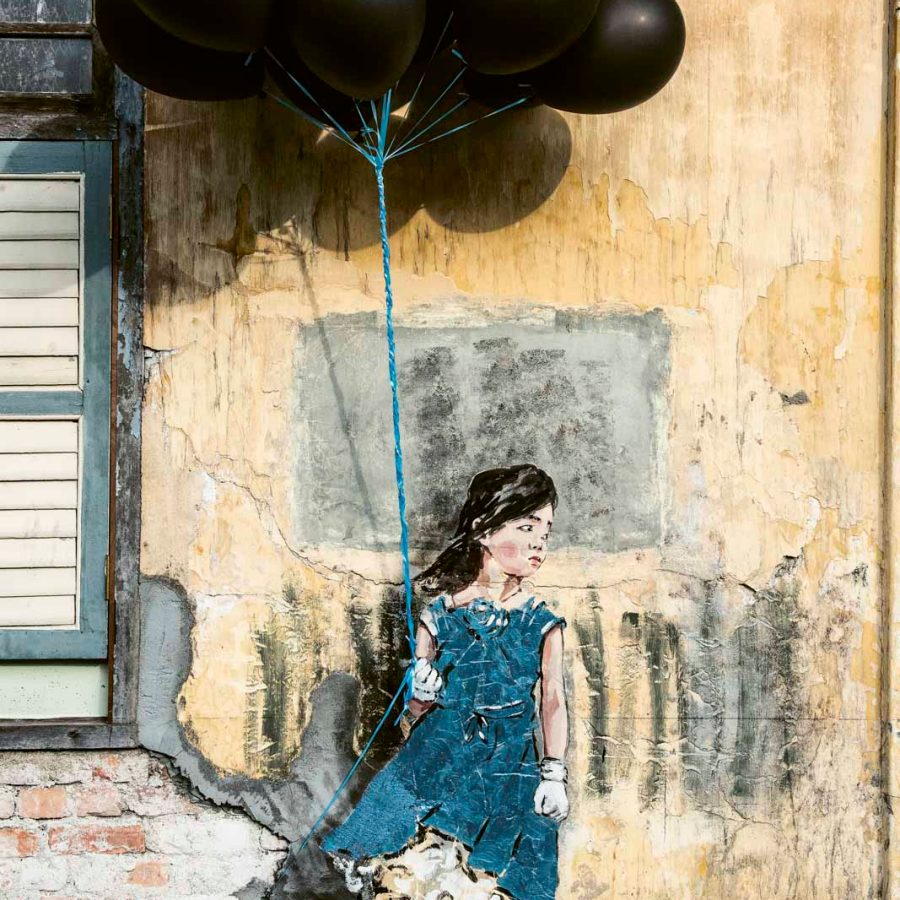
Credit: Nikko Tan/Beanoo
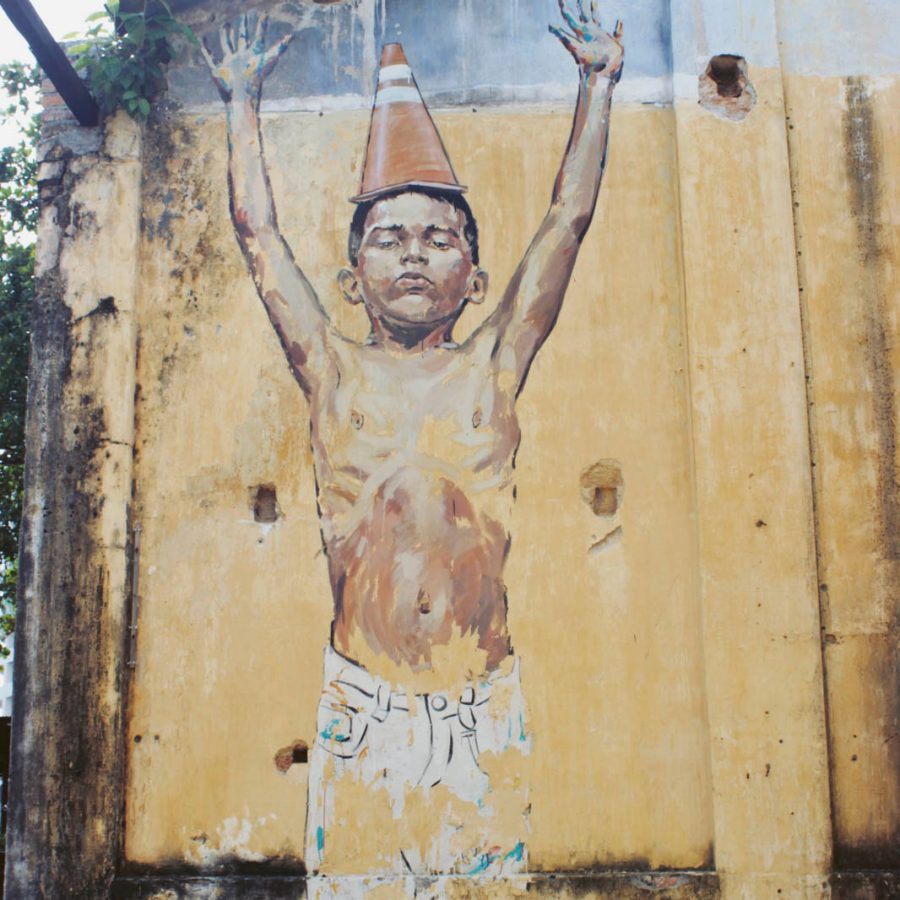
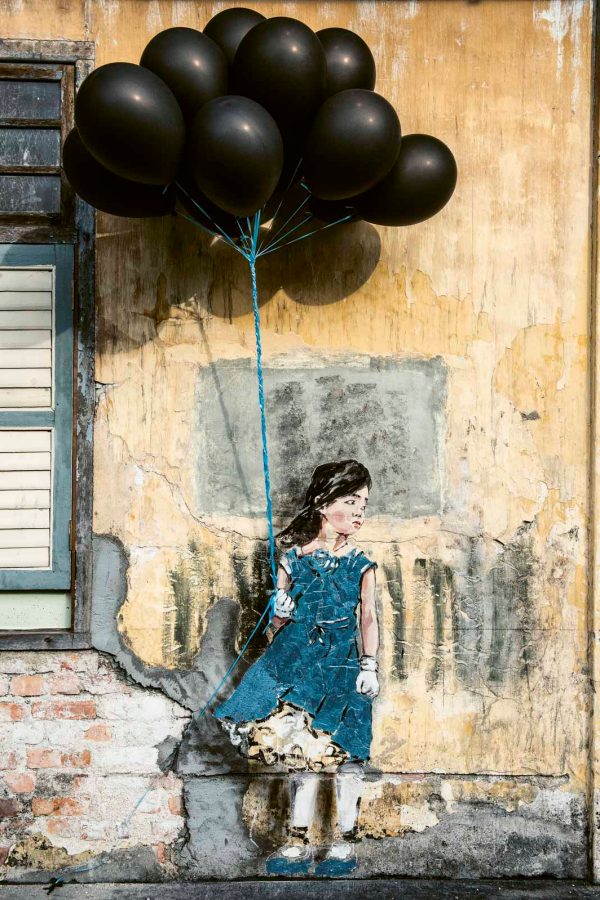
Credit: Nikko Tan/Beanoo
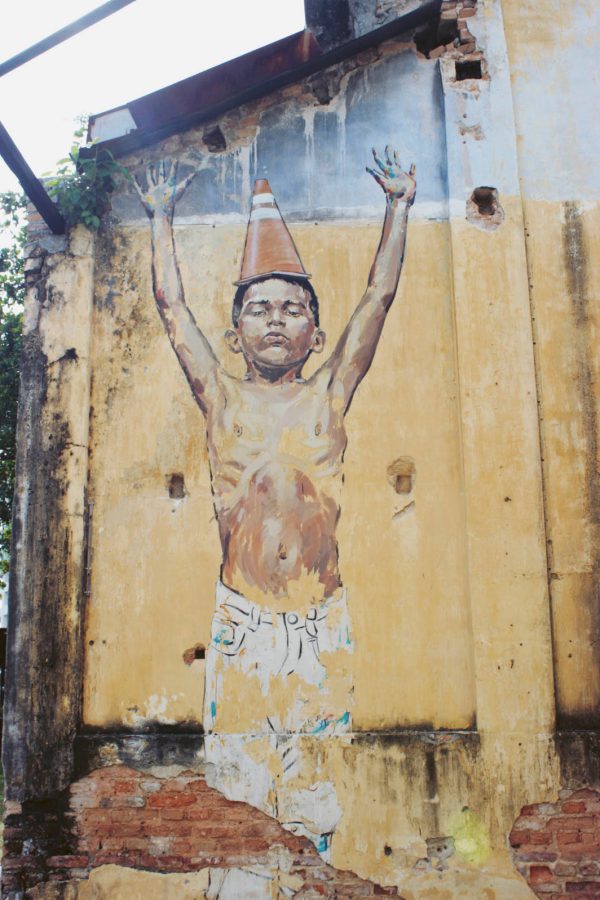
Wanida Razali, gallery manager of the Hin Bus Depot , an art space that opened in 2014 with Zacharevic’s first-ever solo exhibition, says that the art scene has exploded in the past decade. ‘Penang has produced a lot of talent, both performance and visual artists, for decades. But there weren’t as many opportunities for them to stay here at that time. Now there are more festivals being organised, more creative spaces popping up, more artists pushing their work out here and more creative minds getting together to organise shows and events.’ That first Zacharevic show was so popular that the venue – an abandoned bus depot on the edge of the old town – has since become a lifestyle hub, with cafes, artists’ studios, bars, design facilities, an urban farming plot and a yoga studio.
Recently, the island’s artists have begun venturing farther afield. Across the Penang Strait in the considerably less-visited town of Butterworth, murals are springing up. And on the other side of the island, the sleepy town of Balik Pulau (Malay for ‘the back of the island’), once known for its durian and nutmeg, has seen art come to its battered walls. Russian artist Julia Volchkova has unveiled a series of large murals depicting the people of Penang, from silat martial arts master Johari Omar to Hakka dancer Pang Yi Chuen. Penang has become a living museum of creativity, set among the rich ochre of terracotta rooftops and dishes of nasi kanda.
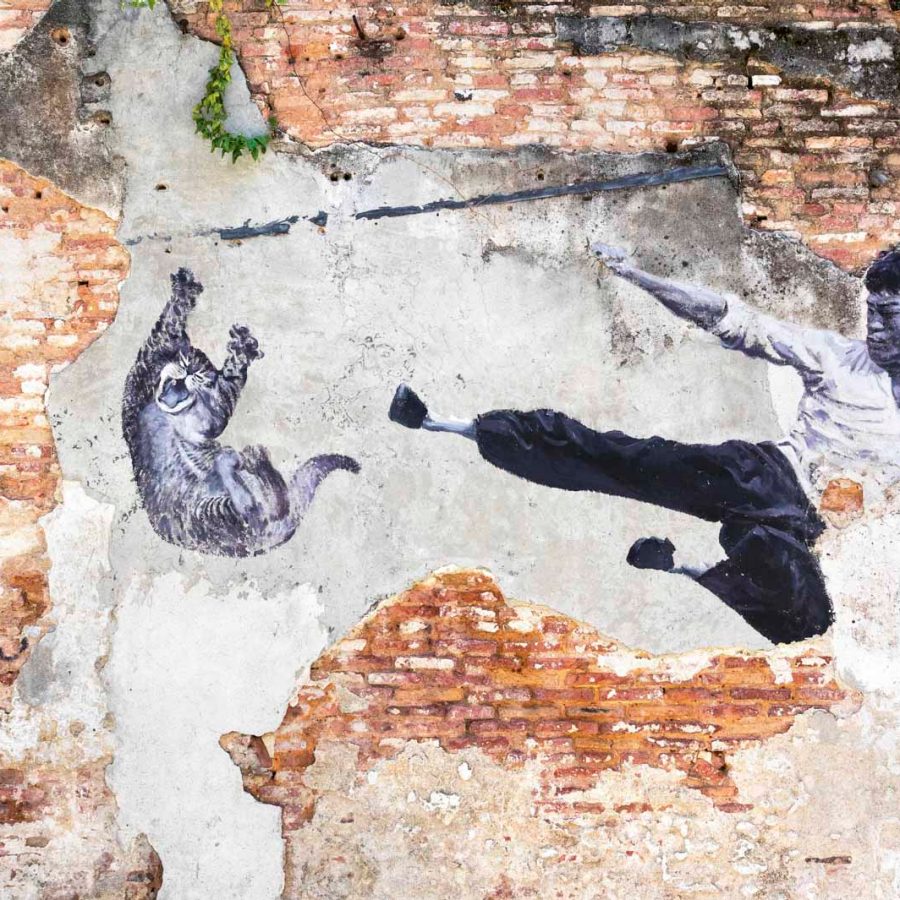
Credit: R.M. Nunes / Shutterstock
And that’s the conundrum. Penang may be a museum, but there are no temperature controls. The hot, wet island doesn’t provide ideal conditions for the preservation of the art work that’s given the town a whole new identity. The inked walls of the island fade over time, washing off a little more with every monsoon season. After all, street art is intended to be ephemeral – here today, eroded away over time.
But that doesn’t always have to be the case. When Little Children on Bicycle was vandalised in 2015, Zacharevic asked Powell to retouch the piece – not redo it, but just bring it back to life. And at the end of 2016, Zacharevic retouched some of his other favourite pieces that had started to fade (he had to work by night as the murals were too popular to go near during the day). Street art, that short-lived medium, has become permanently inked into the life of Penang, a museum in spite of itself, living through its walls.
This story was originally published in September 2017 and updated in September 2020. Hero image: Henrik Haven
Penang travel information
- China – the Chinese Mainland, Hong Kong SAR, Macao SAR and Taiwan Region
- Hong Kong SAR - English
- Chinese Mainland (China) - English
- Taiwan, China - English
- 香港特別行政區 - 繁體中文
- 中国內地 - 简体中文
- 中國台灣 - 繁體中文
- Africa
- South Africa - English
- Asia
- Bangladesh - English
- Korea - English
- Singapore - English
- Cambodia - English
- 한국 - 한국어
- Sri Lanka - English
- India - English
- Malaysia - English
- Thailand - English
- Indonesia - English
- Maldives - English
- ประเทศไทย - ภาษาไทย
- Indonesia - Bahasa Indonesia
- Myanmar - English
- Vietnam - English
- Japan - English
- Nepal - English
- Việt Nam - tiếng Việt
- 日本 - 日本語
- Philippines - English
- Australasia
- Australia - English
- New Zealand - English

